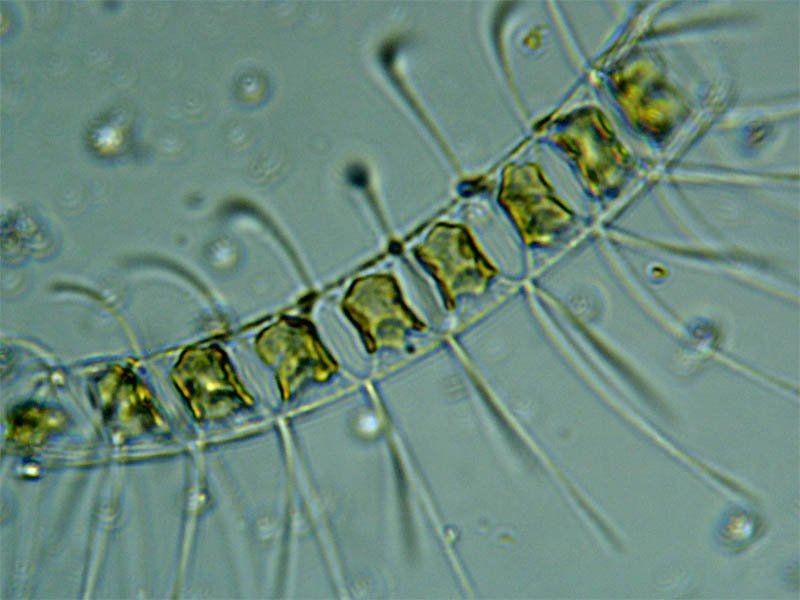When you want to study living organisms and their life processes, one of the best equipment to perform the job are the biological microscopes. Under their lenses, you can see through to the cells and their components, often in full color. These microscopes can range from the very simple setups used in schools and homes for students to learn their biology lessons to the very advanced systems used in forensic medicine, cell research and molecular studies.
Common Configurations
Depending on the intended uses and applications, biological microscopes can be purchased in three common configurations – student, benchtop and research. Of course, each one offers varying resolution and magnification, among other characteristics.
First, the student microscopes are the cheapest and smallest although it must be emphasized that their capabilities for advanced techniques and documentation are excellent value for your money. If you have a student in your home that has interest in the biological processes, then it is a great investment towards enhancing said interest.
Second, the benchtop microscopes have their applications in animal husbandry and textile manufacture. Although these systems can perform many techniques, their major limitation is that said techniques cannot be done simultaneously.
Third, the research microscopes are the largest and the most expensive, with weights ranging from 30 kilos to 50 kilos. Of course, these biological microscopes are used in advanced research, thanks to the complexity of their mechanical, electronic and optical systems. In fact, you can use a research microscope for large specimens and perform simultaneous techniques on it.
With these set-ups, it is often easier to know what you want in a biological microscope depending on its planned applications and uses.
Types of Technologies
There are many types of technologies for biological microscopes, too. You can choose compound microscopes for observing very small specimens like pond samples, cells and other microscopic forms of life. These are usually the most common type found in schools and homes.
You also have the inverted microscopes for thicker specimens like cultured cells in Petri dishes. This is because the lenses can be manipulated to get as close as possible to the bottom of the Petri dish where the microscopic cells grow. And then there are stereoscopic microscopes for viewing ancient fossils and recent carcasses of insect specimens.
Of course, there are advanced technologies for biological microscopes like acoustic and ultrasonic microscopes, fluorescent microscopes, portable field microscopes, microwave microscopes, polarizing microscopes, scanning electron (SEM) microscopes, laser microscopes, transmission electron microscopes (TEM) and scanning probe or atomic force microscopes (SPM / AFM).
Types of Eyepiece Styles
In many ways, eyepiece styles are also very important in the choice of a biological microscope especially as you might be spending hours at a time looking through said eyepiece. You can choose from three basic types – monocular, binocular and trinocular. Monocular microscopes have only one objective and one body tube while binocular types have double eyepieces. Trinocular microscopes are made with binocular eyepieces and a vertical tube at the top. You must choose the one that places lesser strain on your eyes.
With this information in hand, you will be able to choose wisely from amongst many types of biological microscopes according to your budget and needs.
